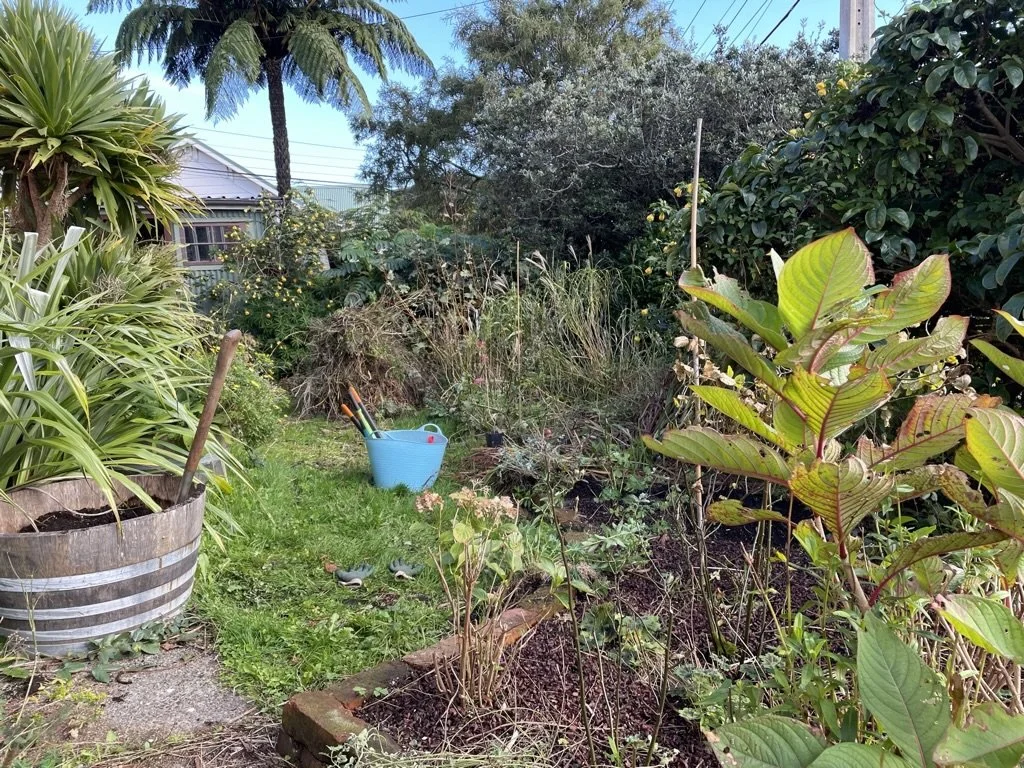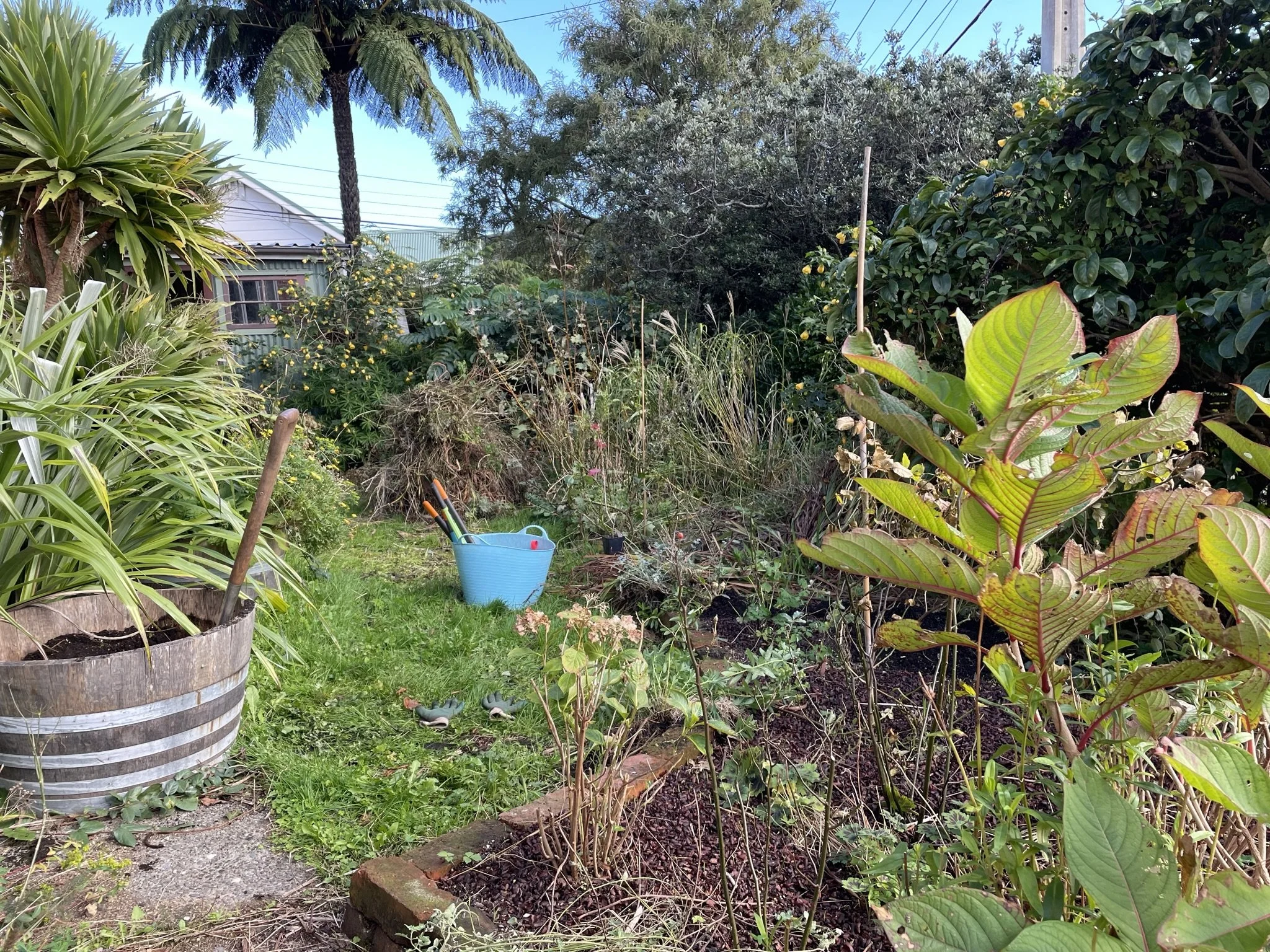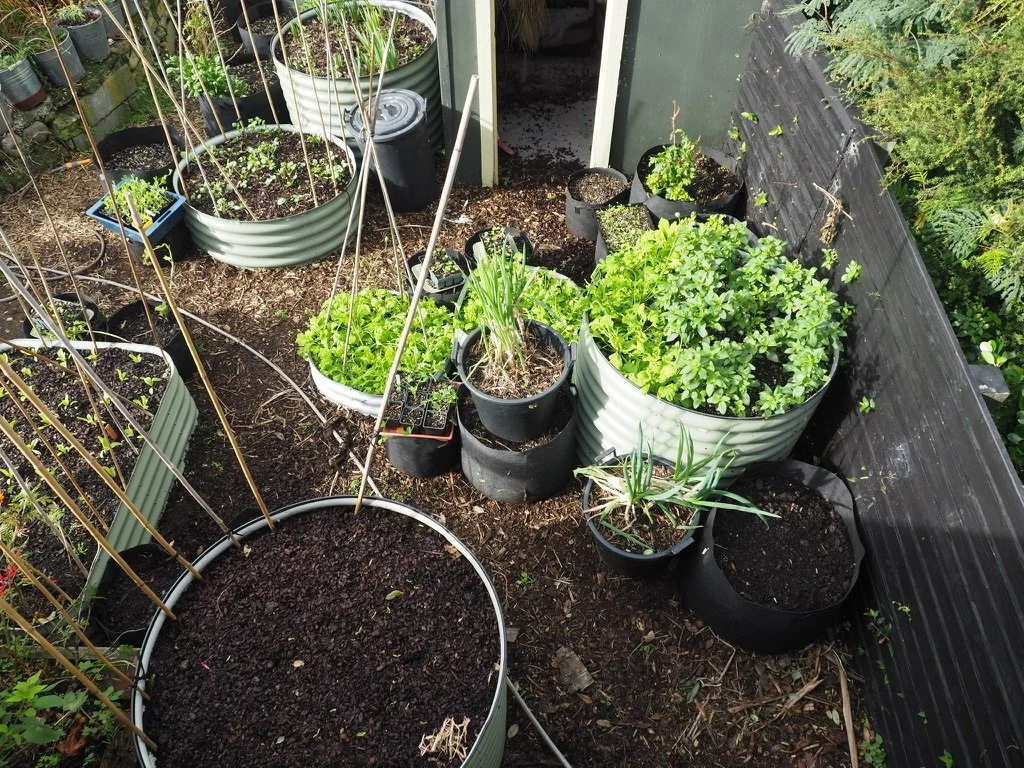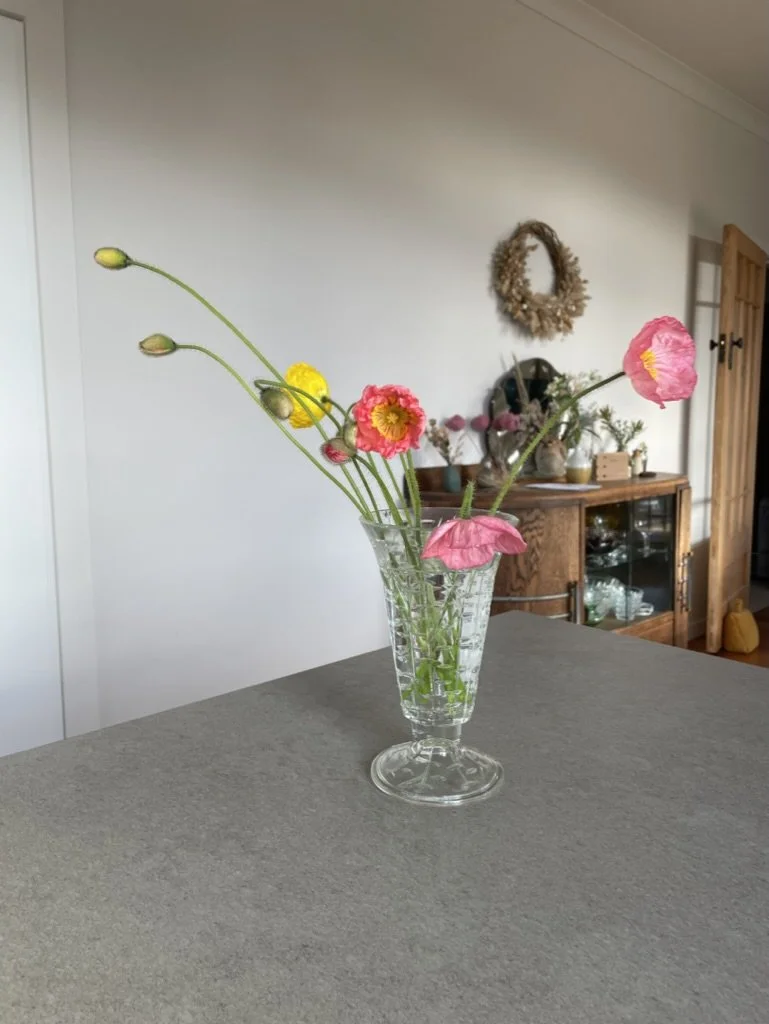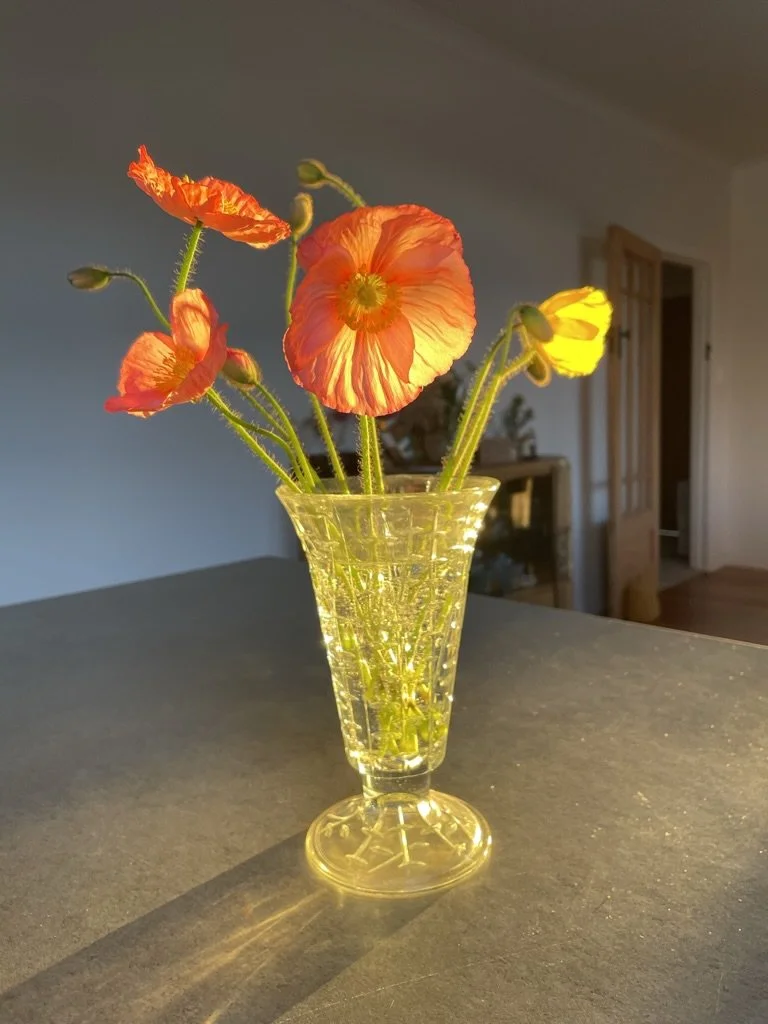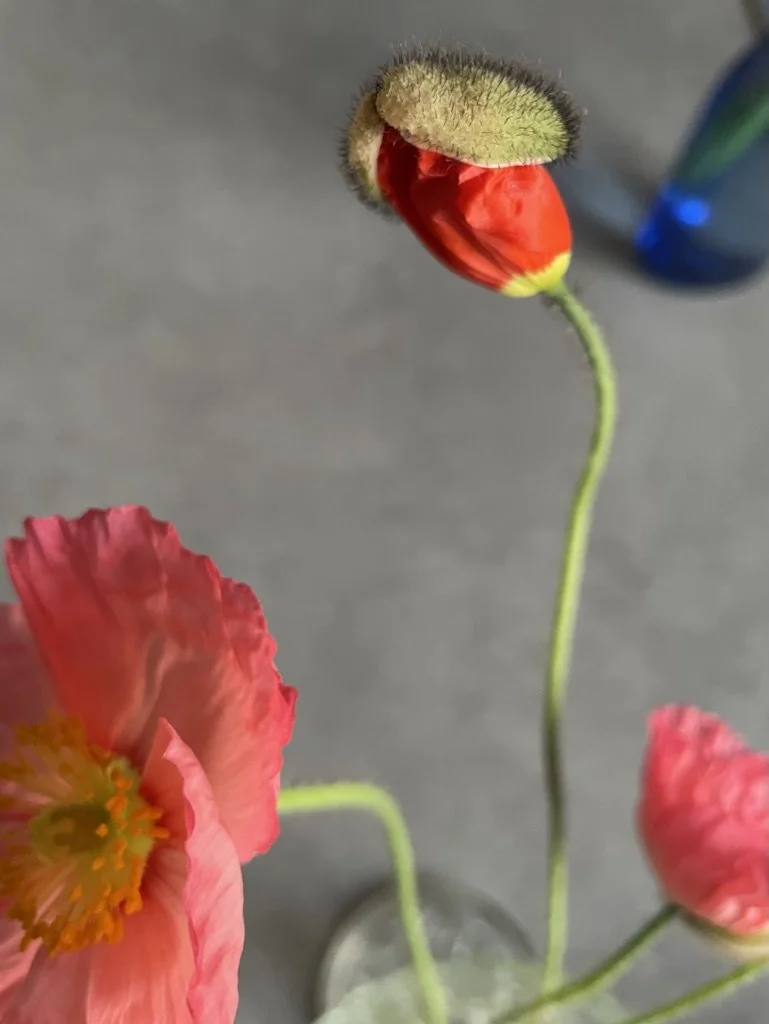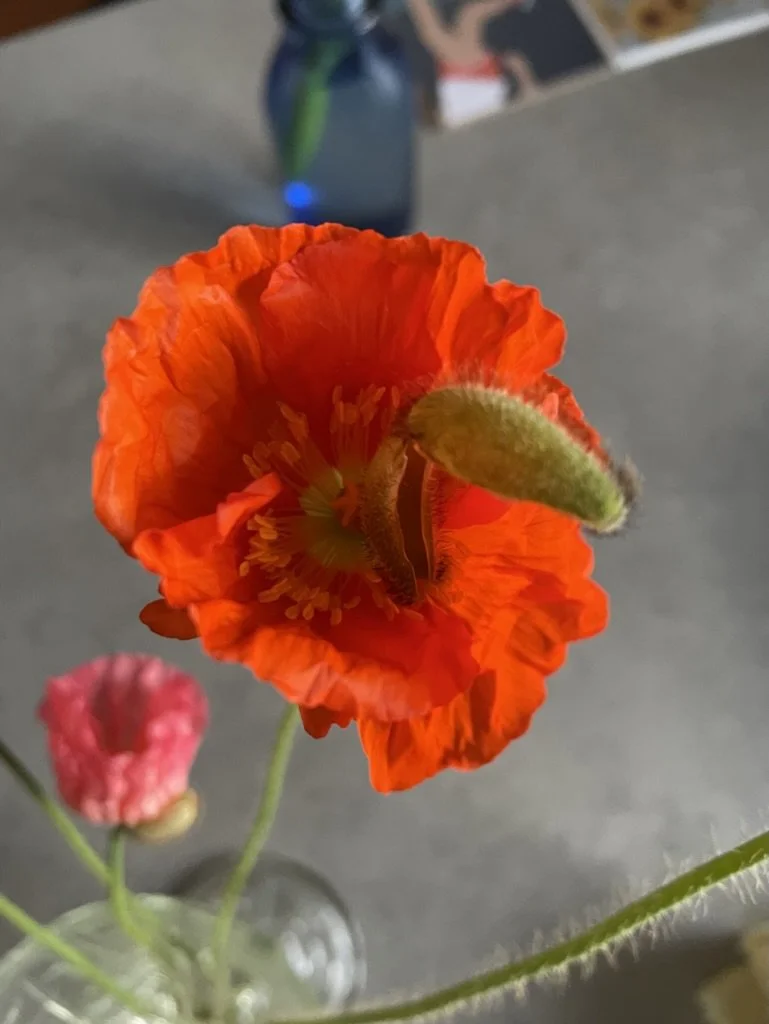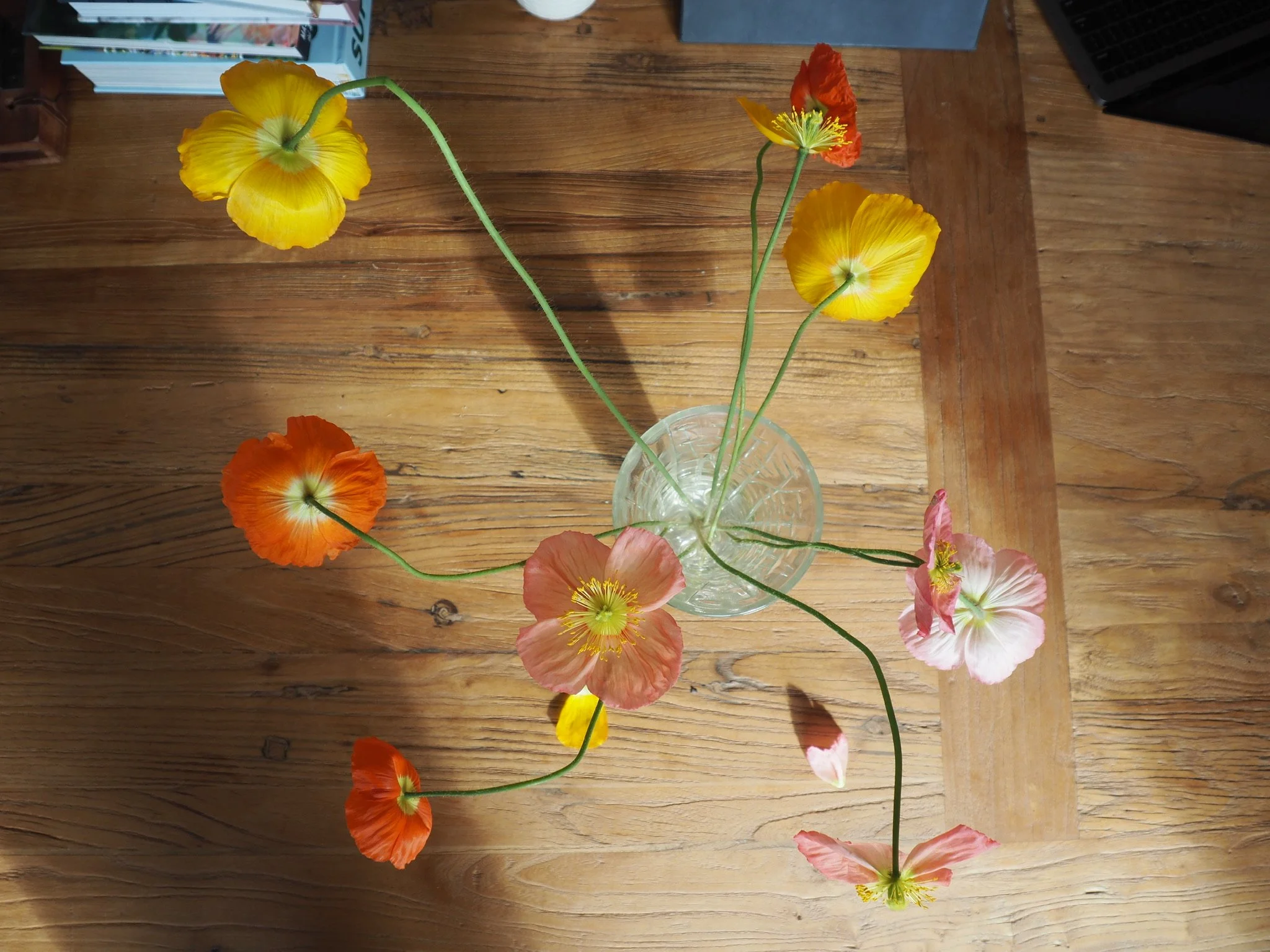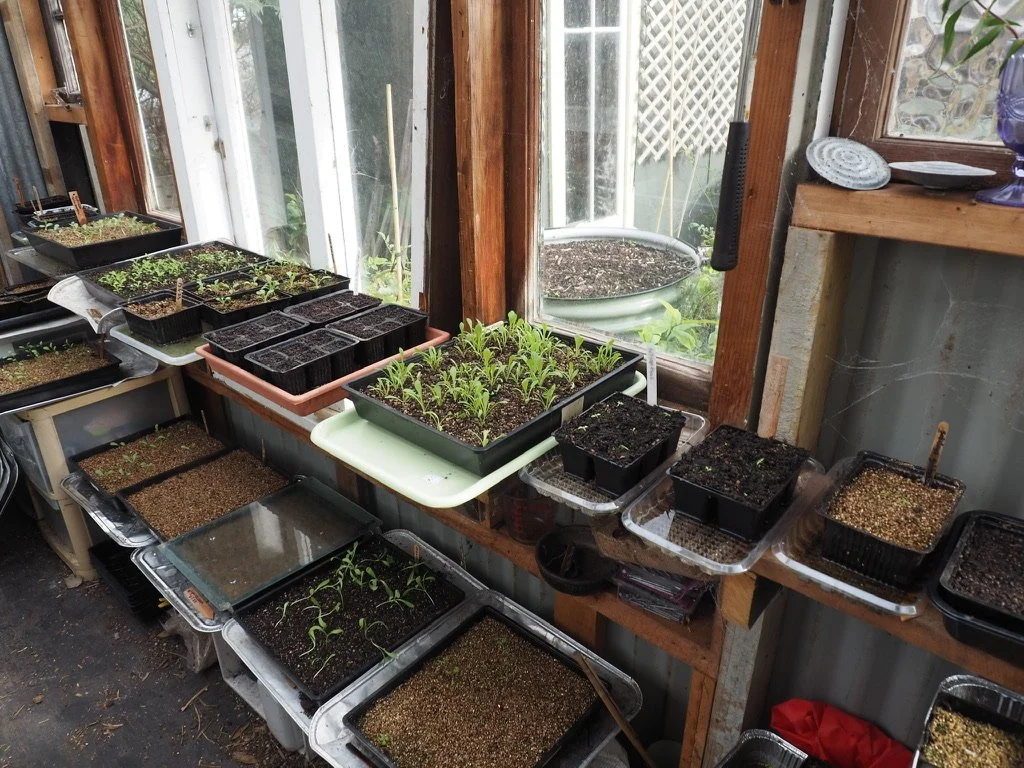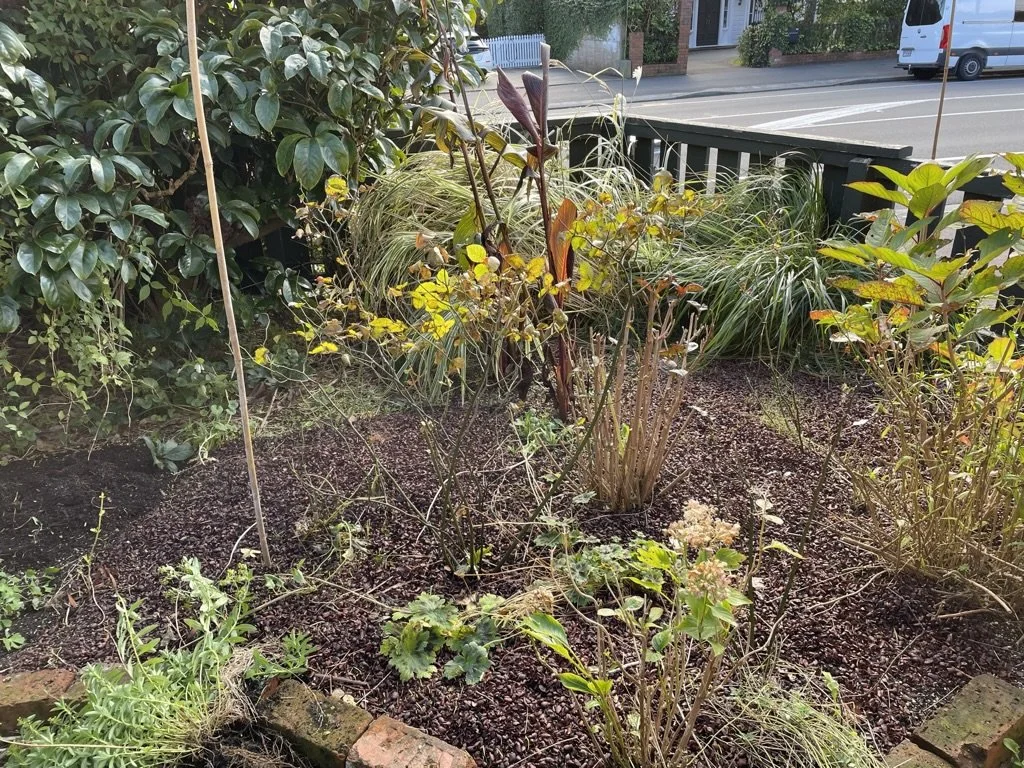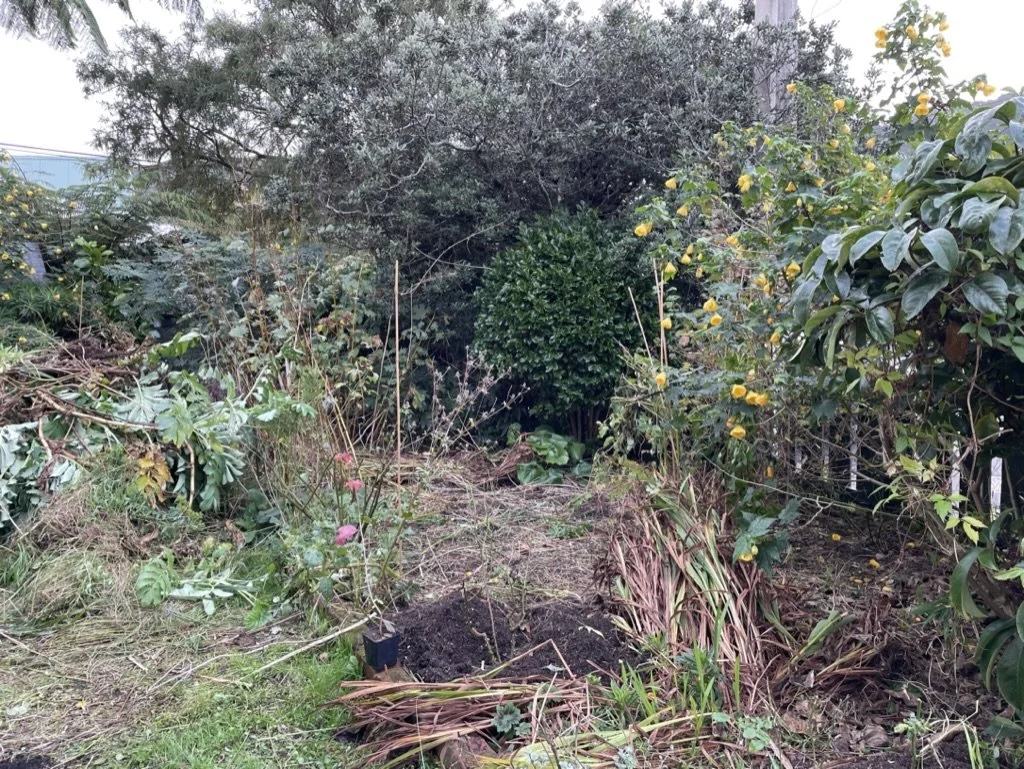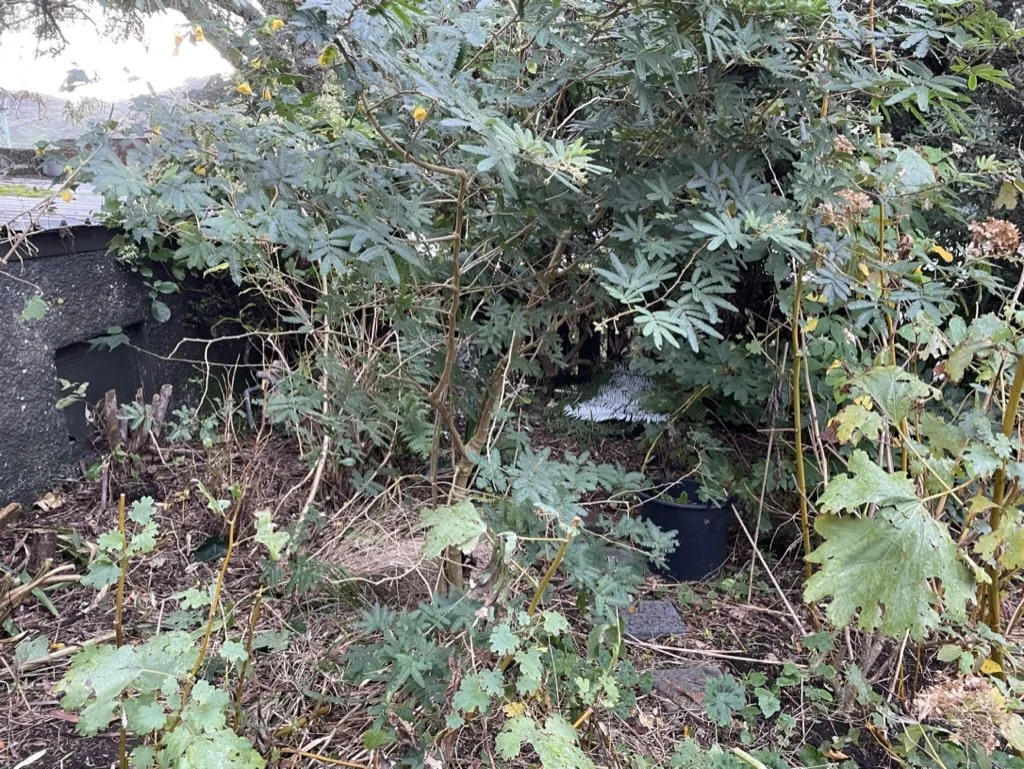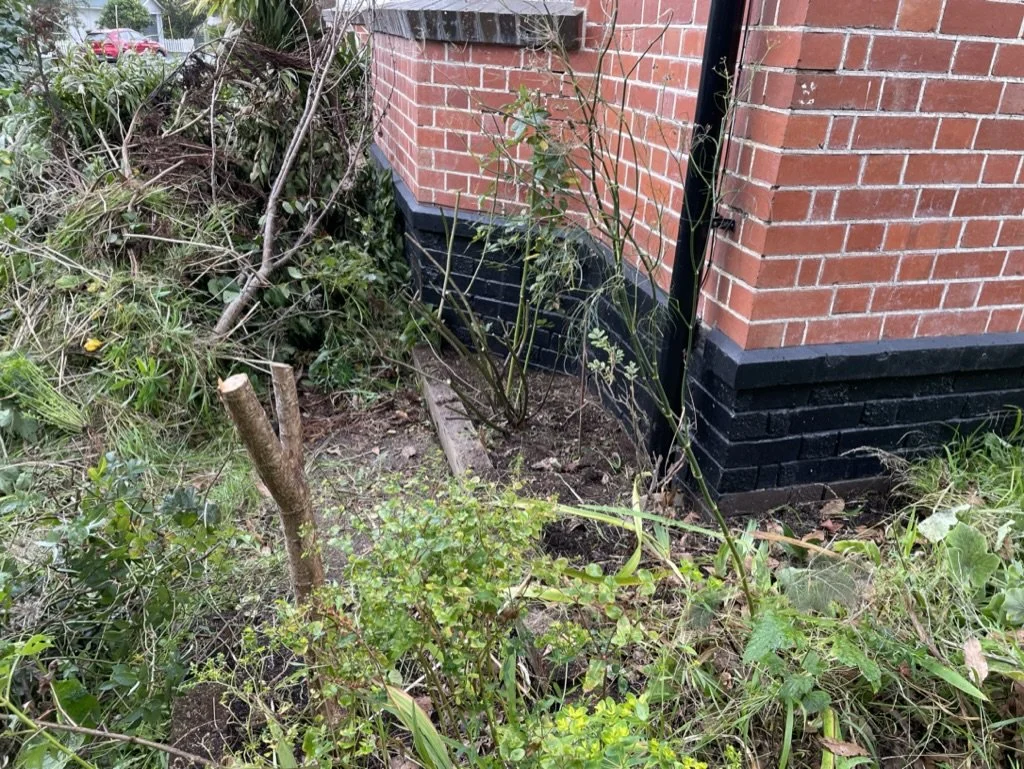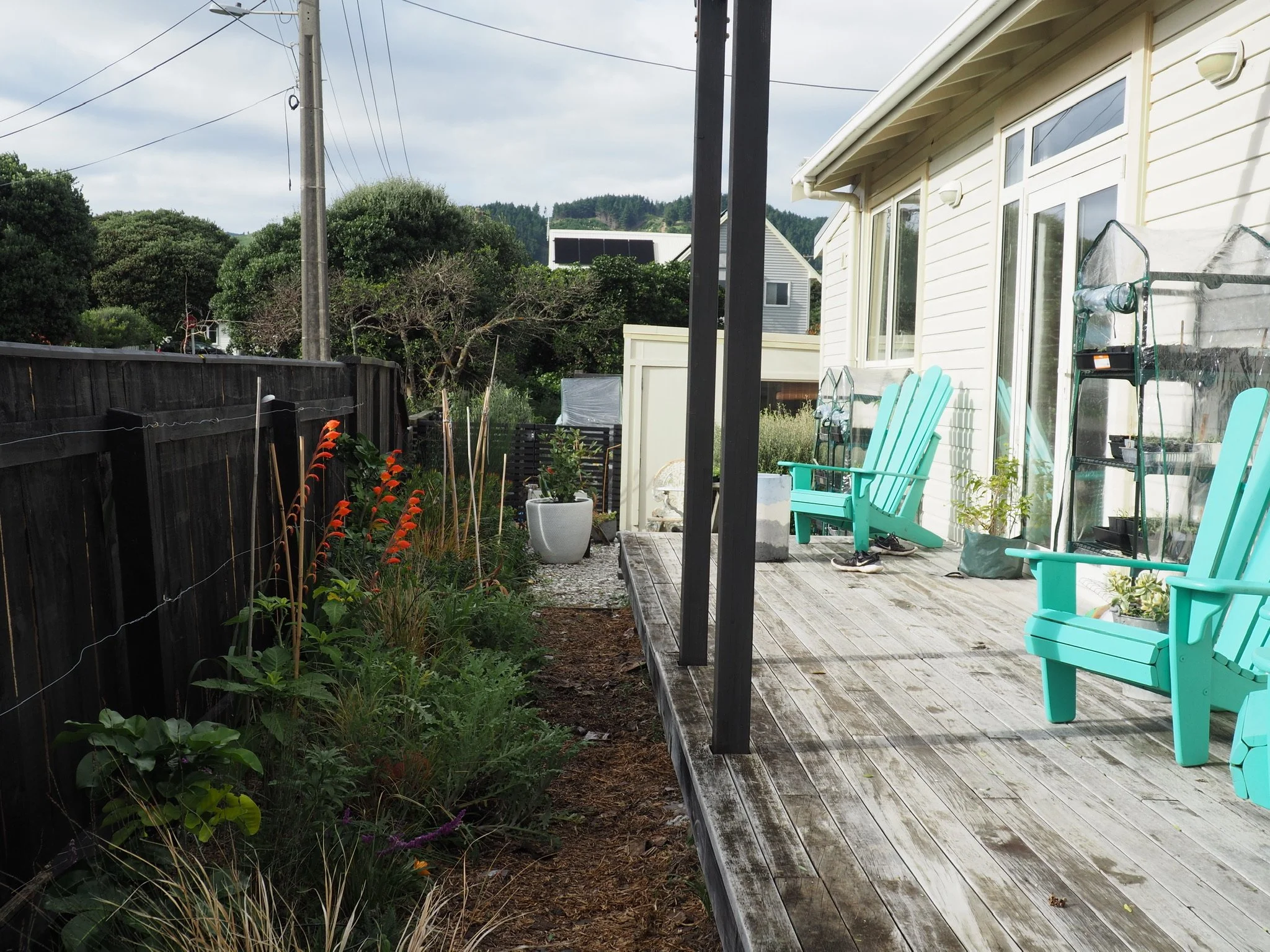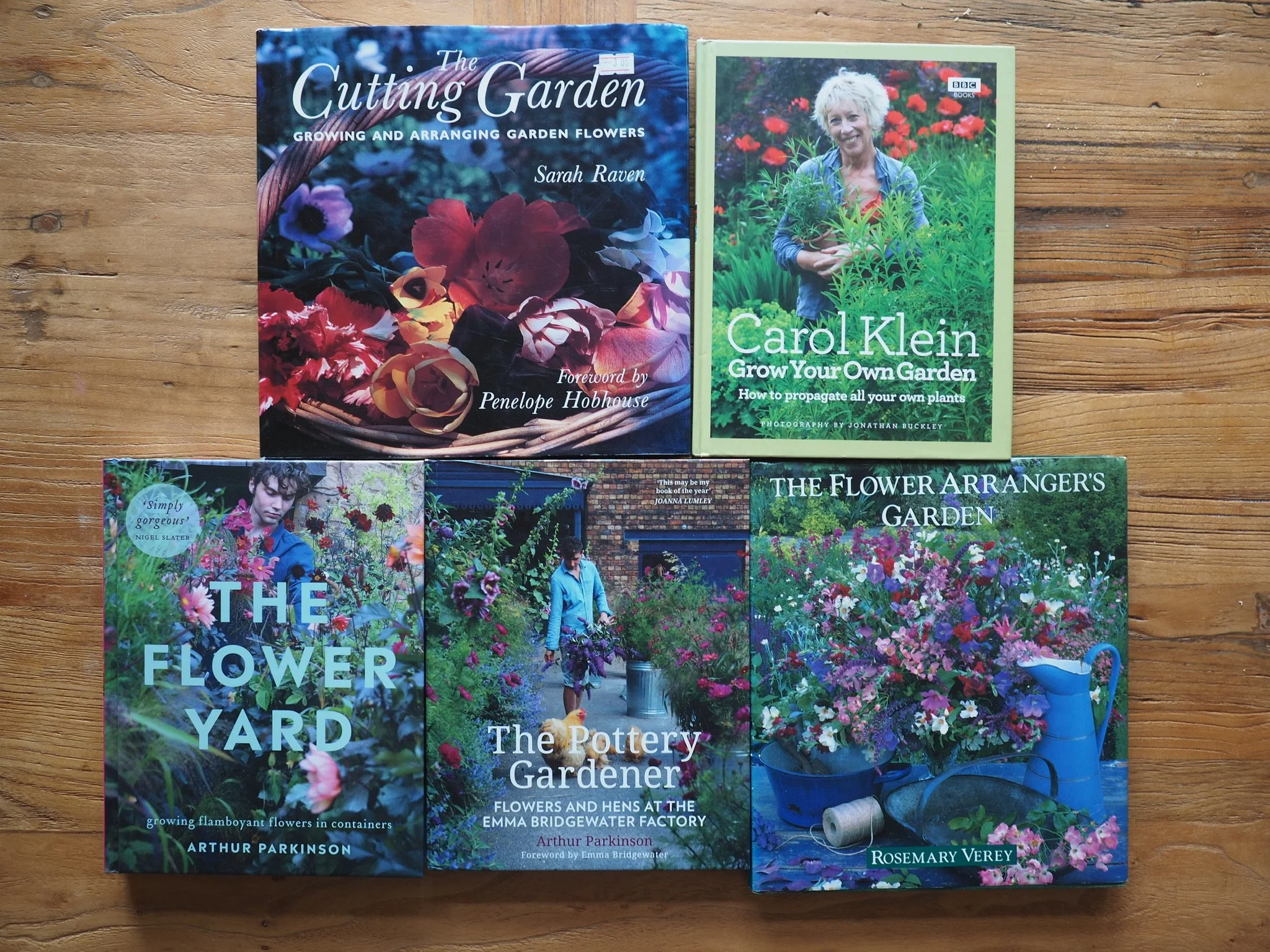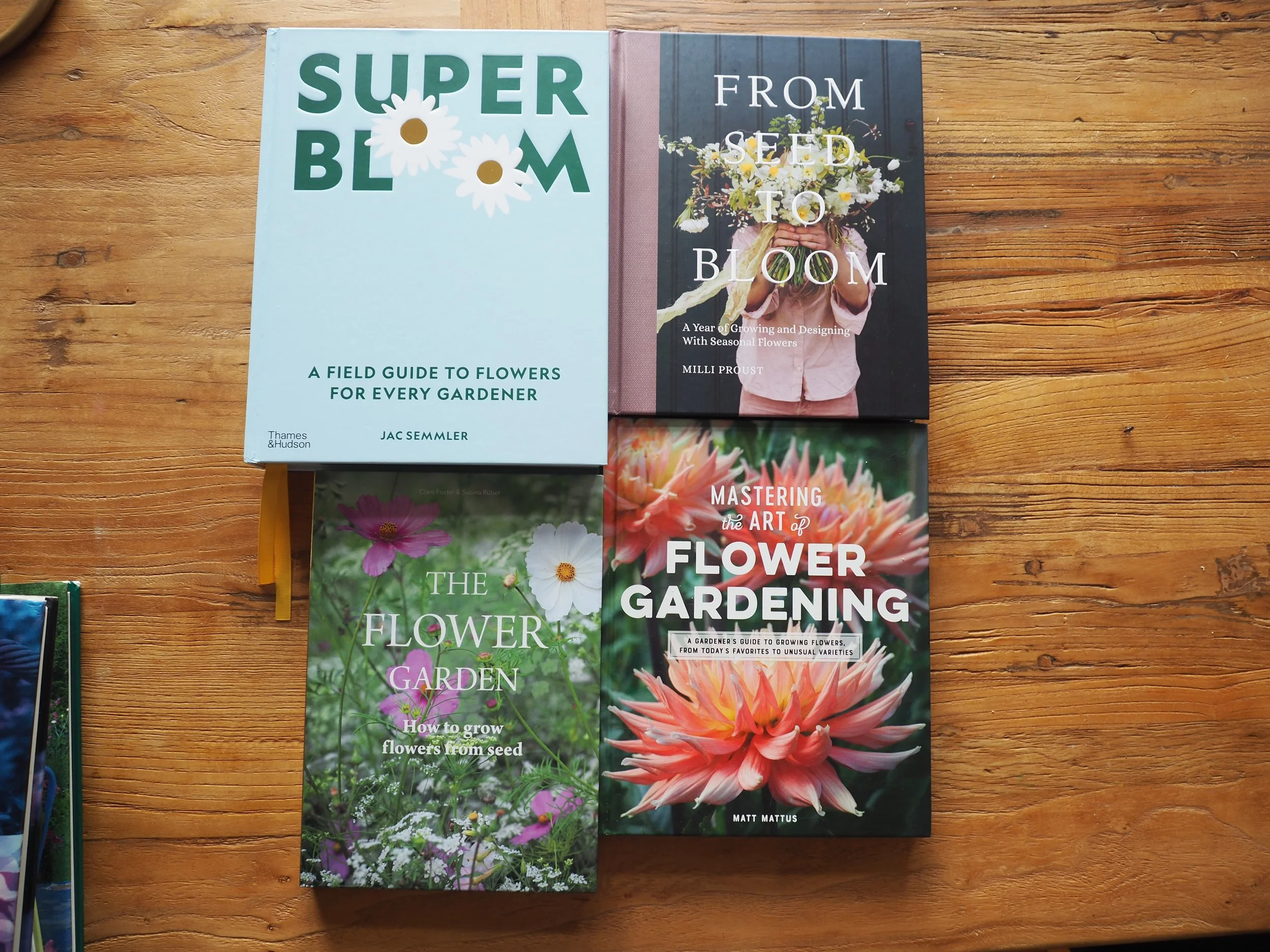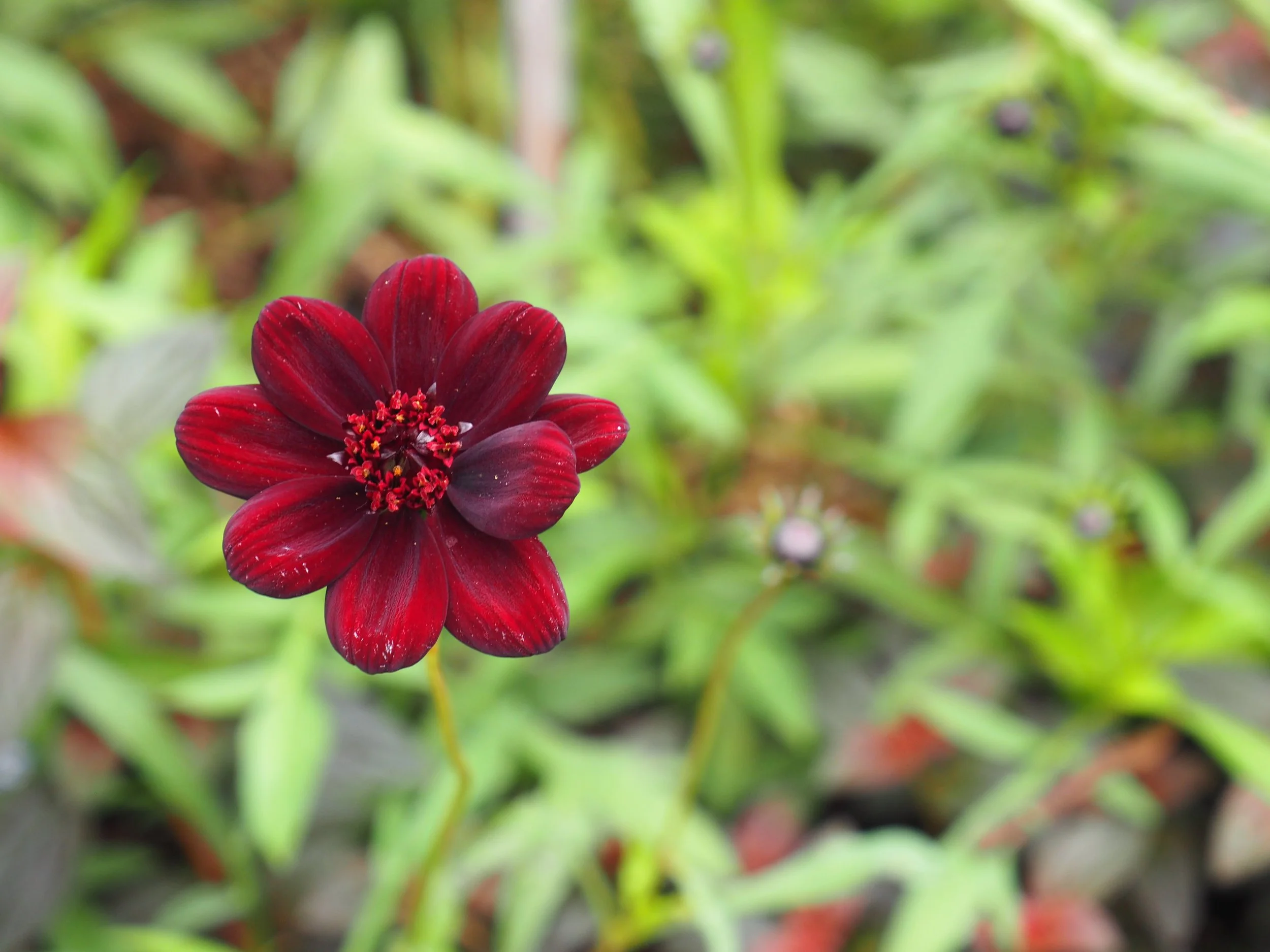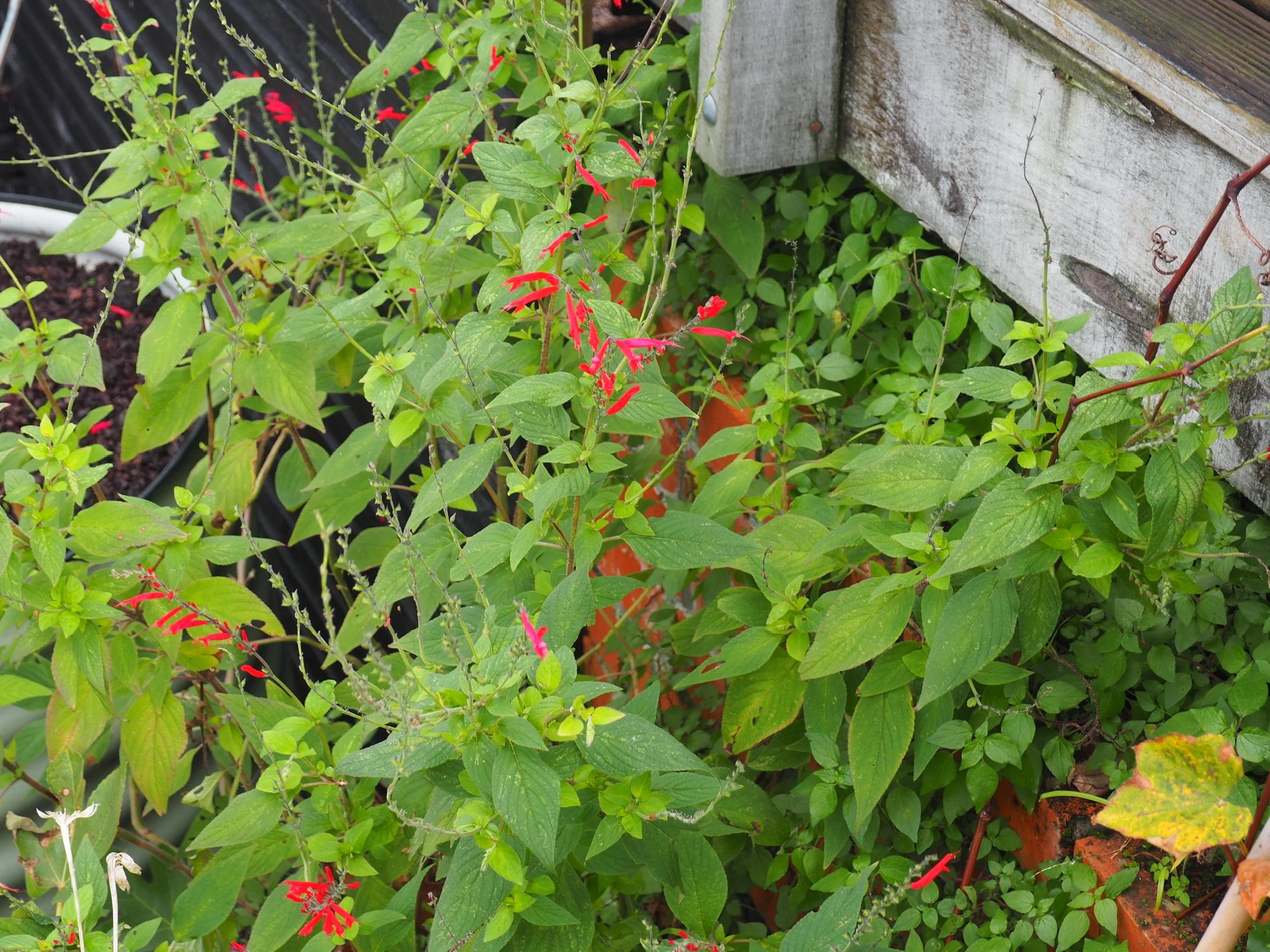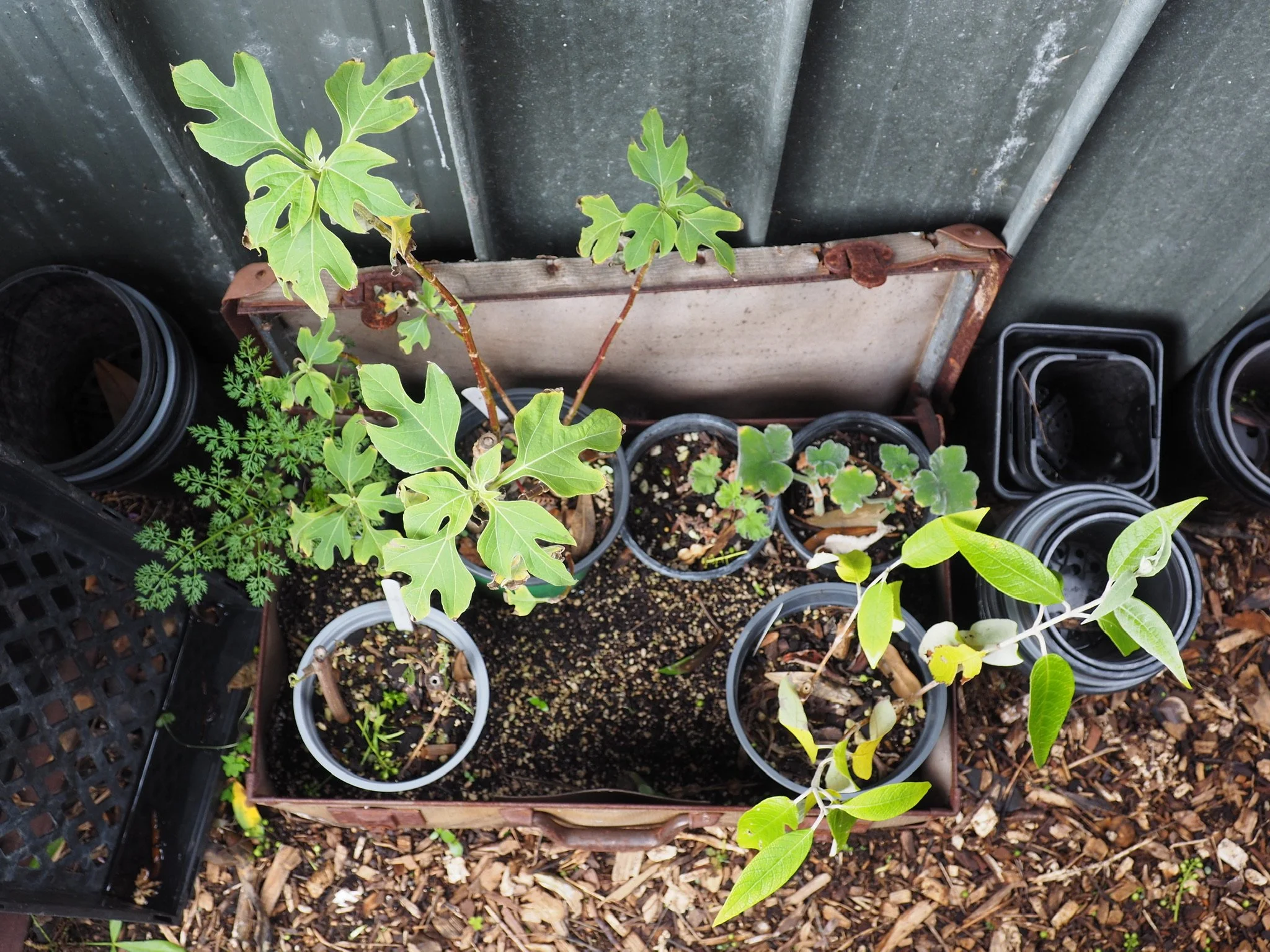I’ve fallen in love with poppies. All of them.
I bought 6 punnets of mixed colours from a garden centre about 5 weeks ago. I don’t know what kind they are. I’m assuming they’re Iceland Poppies. I don’t have any good reason for this assumption.
I picked a small bunch of poppies from the garden on Monday. Some were in flower and some were in bud. I put their cut stems in boiling water and counted to 20. Then I plunged them into a vase of cold water. Every day a new bud opens. Sometimes it opens before my eyes. It’s like watching a butterfly break out of a chrysalis. The poppy petals look like butterfly wings. They quiver and twitch and flutter. They even have a faint scent. The stems have beguiling twists and kinks and tiny hairs that make them look friendly. The petals are translucent and glow when the sun shines through them.
Monday.
Tuesday.
Sunday.
I’m growing a lot of different poppies from seed. It’s not difficult getting them to grow (although I had one complete fail). But transplanting them, well, that’s a different story. I’ve read that the best way to grow poppies is to sow them directly. That’s because they hate their roots being disturbed. But that’s not practical for me.
Until recently I was growing them in seed trays and then, once the seedlings grew, I would scoop them out, leaves, stems, roots and soil out of the trays and into small holes in the garden. This has worked well but they’re growing too close together. I need to thin them out.
The second best way to grow poppies is in punnets (according to Matt Mattus), the kind that are divided into 6 cells. You lightly sprinkle the seeds on top of the soil. The idea is that you end up with 6 seedlings (the rest are removed and composted). It’s very easy to pop seedlings out of a punnet and transplant them (the roots and surrounding soil are all in a tidy package). It should be easy with the poppies too. I have some ready for transplanting.
The greenhouse.
This week I’ve been working on the Karori garden. It’s been running wild for nearly a year and a half. The last time I weeded it was January last year. It’s a big suburban garden and after 7 days (spread over several weeks) of working on it. I haven’t made it past the front yard.
The Karori garden is an established garden. It’s where I’ll be growing lots of of the perennial flowers. Roses and dahlias like the clay soil.
To stop myself getting overwhelmed with the work I need to do I’ve devised a plan. There are 5 steps.
Step One: Be ruthless. Weed, prune, move and remove. Feed and mulch the roses as I go. I’m getting rid of lots of plants. The poor performers. The wrong plants in the wrong place and the ones that take over. I need to create space for new plants and for existing plants to stretch out.
Step Two: Mulch and plant and plan for the remainder of autumn. Mulch all the bare soil and plant new plants as I go ( I moved all of my dahlias from Paekakariki to Karori this week). I put a stake beside each dahlia plant so I’ll know where each one is when they die down in winter. Make lists of all the new plants I want to buy and order the hard-to-get ones.
Step Thee: Hire a skip and get rid of all the green waste.
Step Four: Keep weeding and mulching and planting
Step Five: Keep weeding and mulching. Take hardwood cuttings in winter.
The front garden in Karori.
I found all sorts of plant treasures I’d forgotten about.
A couple of David Austin roses, which I moved to sunnier spots.
A container of primulas I’d grown from seed.
Lots of new yellow crocomsmias.
The bearded iris’s had multiplied. I dug them up and moved them to the Paekakariki garden.
A hydrangea growing in the depths of the woodland area. There were dozens of flowers in antique shades which I meant to cut and bring home, but forgot.
Lots of dog balls and toys and an old cannon bone.
The philadelphus was still alive (even though it was swamped by yellow abutilon and viburnum shrubs). I moved it out into the open.
The side of the house where the mini-greenhouses live.
I have so many seedlings growing that I had to buy a third mini-greenhouse.
I bought 3 more flower books this week. Here they are along with some of the others I often refer to. There’s always room for more. A real garden book is much more useful than an ebook. I have ‘Floret Farm’s Cut Flower Garden’ By Erin Benzakein on kindle. It’s a useful and inspirational book but a pain to flick through on my tablet.
Here are 3 corners of my garden. The first is a corner in the front garden, where chocolate cosmos is growing. The second is a bush of pineapple sage covering one of the ugliest bits of the back garden. And finally, an old suitcase half-filled with spent potting mix has become a handy place to house my cuttings and a milk parsley plant I grew from seed.
Chocolate cosmos.
Pineapple sage.
See you next Sunday.
